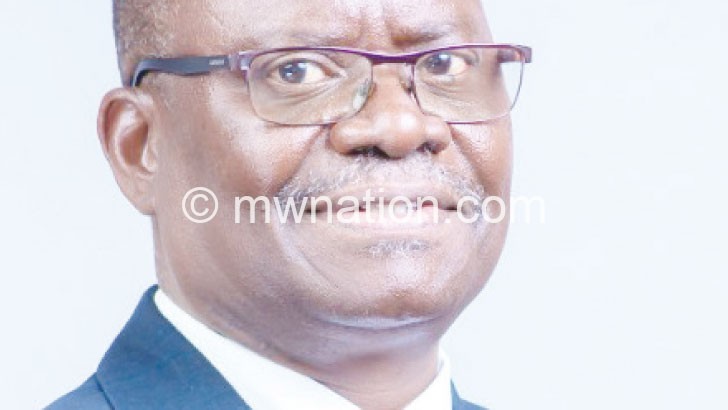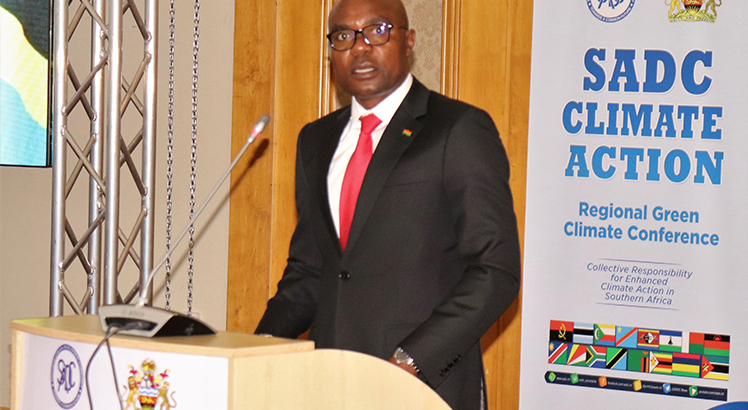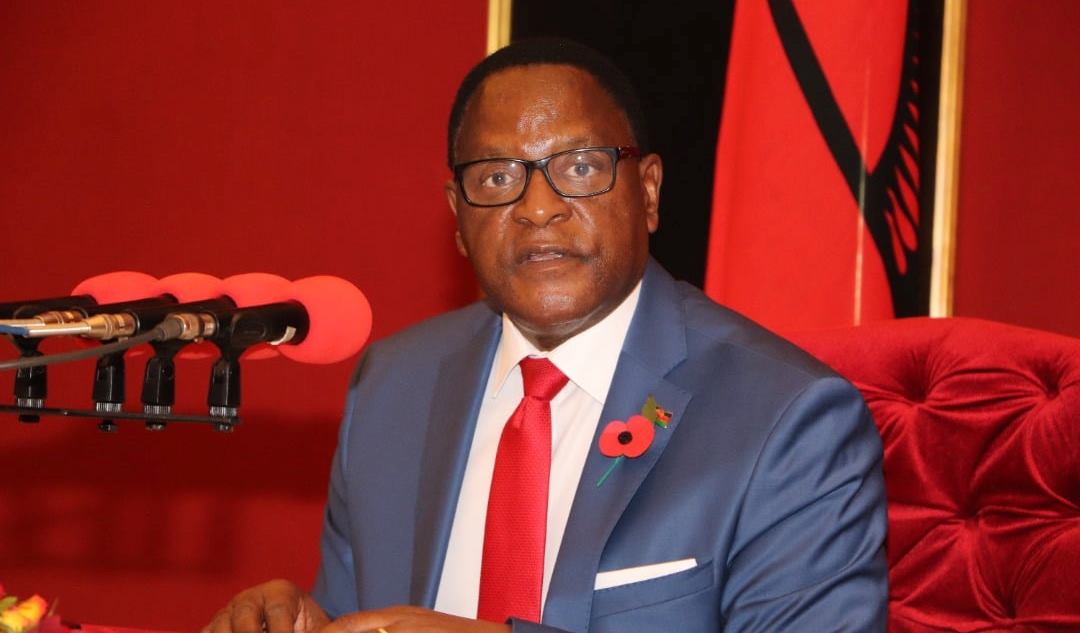Fish and epizootic ulcerative syndrome
Epizootic ulcerative syndrome (EUS) is a highly contagious fungal disease that mostly affects fresh water fish and has devastating socio-economic consequences. Our contributor CHARLES MKOKA caught up with fisheries expert SLOANS CHIMATIRO, president of the Pan-African Policy Research Network for Fisheries and Aquaculture (Paprnfa) to share experience about the network and how EUS can be contained.

Q
You were recently elected as chairperson of Paprnfa. Why is this network important to the continent?
A
Paprnfa is one of the statuary bodies of the African Union [AU] that was established to provide technical support to member states for countries to implement African Union Policy Framework and Reform Strategy for Fisheries and Aquaculture.
Q
How will Paprnfa research partnerships that focus on generating information help fishery communities that depend on the resources for a livelihood?
A
The whole essence of the AU policy framework is about safeguarding African fisheries resources so that communities that depend on fish should enjoy the long-term benefits, including the future generations to come. While fisheries are renewable natural resources, their sustainable utilisation heavily depends on scientific knowledge. Therefore, the Paprnfa is key to ensuring that African countries are provided with the science—based evidence with which to inform their policies as well as management measures.
Q
Malawi has recently reported an outbreak of the EUS. What is this disease all about and what is the network doing in terms of research?
A
It is indeed confirmed that Malawi has reported an infectious disease of fish called EUS. One can tell, a diseased fish by lesions or wounds on the skins of fish; hence, this disease is also known as red spot disease [RSD].
EUS is a seasonal epizootic condition, that is to say a kind of fish epidemic, just like we are talking about Covid-19 for people. However, it is of great importance in wild and farmed freshwater and estuarine fish [in oceans]. The disease was first reported in Japan fish farms in 1971, and later spread to many parts of the world. Here in Africa it was first reported in 2007 in Botswana, Namibia and Zambia, and were connected to the Zambezi – Chobe river system. Today, it is now here in Malawi.
This is where the Paprnfa members in all parts of Africa have demonstrated their usefulness by taking the lead in the efforts to fight the EUS disease.
Here in Malawi, myself and Professor Emmanuel Kaunda of Luanar are assisting the Department of Fisheries to develop a National Aquatic Animal Health Strategy that is aligned with the AU and Sadc fish health policies. At regional level, we are in the Sadc’s EUS Ad-Hoc committee where we are providing technical support to ensure that countries are able to put in place cross-border measures to stop the spread of the disease through traded live fish. As president of the Network, I have been supporting Malawi to draw on support from AU.
Q
Why is fish a scrambled resource today and what should be done to ensure long-term sustainable utilisation of this resource?
A
An estimated $142 billion [about K106 billion] worth of fish and fishery products are traded globally, as such fish remains the most traded food commodity in the world. Because Africa is the last place on earth where fisheries resources are still plentiful, many countries in the world depend on African oceans, seas and lakes for their fish requirements. Some countries, notably EU member states, enter into formal agreements with African countries to send their fishing boats to catch in African waters. However, some come to steal in what is called Illegal, Unreported and Unreported [IUU] fishing.
We estimate that African countries lose around $1 billion annually through IUU fishing. Therefore, African countries need to internalise the African Union Policy Framework for Fisheries into their national fisheries policies; collaborate in managing their shared fisheries resources [e.g. Lakes Malawi, Chilwa and Chiuta, between Malawi and Mozambique]; undertake fisheries governance and institutional reforms to ensure that degraded fish resources are rebuilt [e.g. Chambo in the case of Malawi]; and Treasury to provide adequate budgets to enable the Departments of Fisheries to manage the fisheries resources efficiently.
Q
How are you maximising your international exposure to address local challenges in fisheries management?
A
International and regional fisheries management frameworks are well aligned because they are guided by international legally binding and voluntary management fisheries measures. Therefore, my international experience is of value to both Africa and my own country because I am able to provide high level technical guidance to national, continental and regional fisheries policy discourses that are implicated upon by international instruments and guidelines.
For example, through Auda-Nepad and AU, I helped established what is called “African Voice”; this is where I supported African delegates at international negotiations to speak with one voice on issues that affected African countries collectively or individually.





